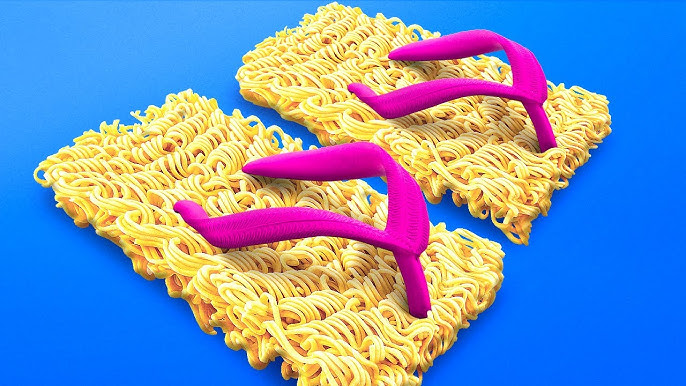If you asked me what my favorite Thanksgiving foods are, I would probably say turkey and pumpkin pie — the only “American” Thanksgiving foods that I’ve ever tried. I haven’t had the other traditional foods like cranberry sauce, sweet potato casseroles or even dinner rolls. In fact, my knowledge of Thanksgiving is so limited that I had to Google a few of the items in the previous list.
Since I’ve never been to a traditional American Thanksgiving dinner, I think of the holiday as more of a fall break, with one day dedicated to a large Thanksgiving dinner. My parents are Chinese immigrants, and the day has little cultural significance in our household compared to Chinese holidays like Chinese New Year. Still, we have developed our own Thanksgiving traditions through a blend of Chinese and American foods.
Typically, my mother spends the entire Thanksgiving day cooking a combination of Chinese and American dishes, including some of our favorites: braised pork and stir-fried vegetables. She pulls out all the stops, buying the most expensive ingredients and plating each dish to perfection.
Last year, my mom made a delicious chicken soup, stir fried celtuce and steamed lobster tails. That afternoon, delicious sweet and salty scents poured from the kitchen.
And instead of American dinner rolls, we make fluffy, white Chinese steamed buns. I always enjoy making the dough, rolling it out and shaping meatball-sized portions into beautiful balls of deliciousness. After they are steamed, we like to eat them plain, deep fried with a side of condensed milk or in “sandwiches” with meat and vegetables.
But we don’t just cook Chinese food. Thanksgiving is one of the few times during the year when our family eats American food. We almost always have Chinese food (even when we order takeout), but on Thanksgiving, my mom watches YouTube videos on how to cook American dishes, adding her own Chinese spin to the often heavy and buttery American classics.
Even for a Chinese Thanksgiving dinner, roasted turkey is still the most important dish. We usually buy a turkey from Ranch 99 (a local Chinese grocery store), but last year, my mom decided to make one herself. Her turkey came out with crispy skin and juicy meat — it was perfect. I look forward to this year’s iteration of her now household-famous turkey.
Compared to American turkeys, the turkeys we eat are generally less buttery and don’t contain stuffing; instead of rubbing butter under and over the skin, my mother brines the turkey to draw out moisture and crisp the skin.
We also go to Costco for a massive and affordable pumpkin pie. For the week after, we’ll stuff ourselves with leftover turkey and sugary pumpkin pie.
Compared to an American Thanksgiving, we normally have dinner with family friends instead of relatives — all of my relatives still live in China. After dinner, the parents spend hours chatting over roasted sunflower seeds and playing cards, while the kids play games in the living room.
To me, the separation of parents and children highlights the cultural divide between the immigrant generation and their children, and it makes me cherish my Chinese heritage. While the parents converse in Chinese, discussing Chinese events and eating traditional snacks, my older brother and I speak in English, chat about American music and guzzle American sodas.
Being an American born Chinese, I’ve always identified more as Chinese than as American — I eat Chinese food, live in an area with a high percentage of Chinese immigrants, and hang out with mostly East Asian friends. My family’s yearly mashup of American and Chinese cuisine during Thanksgiving serves as a reminder that a whole different culture exists outside of my Asian bubble in the Bay Area.


























